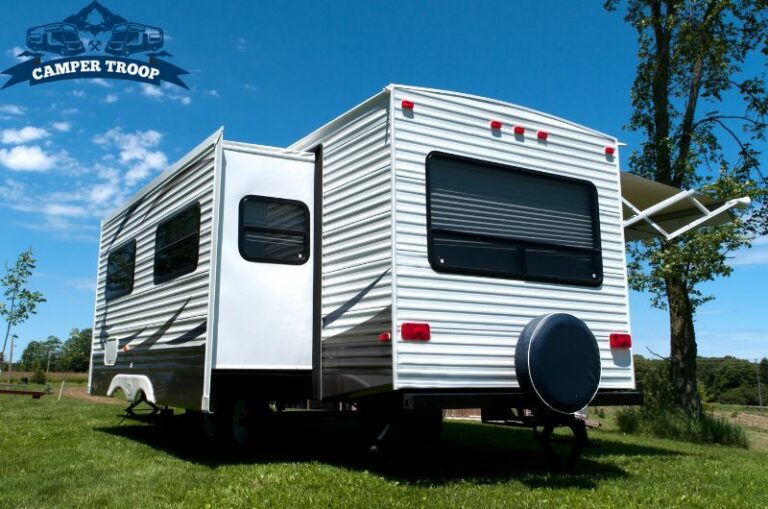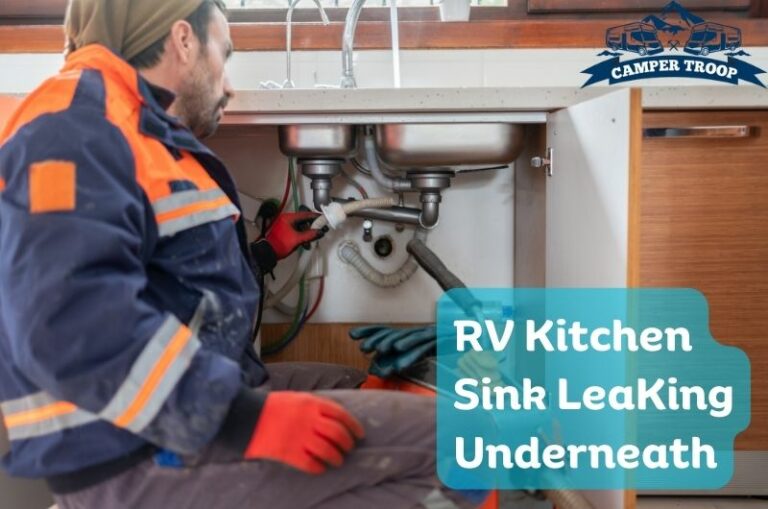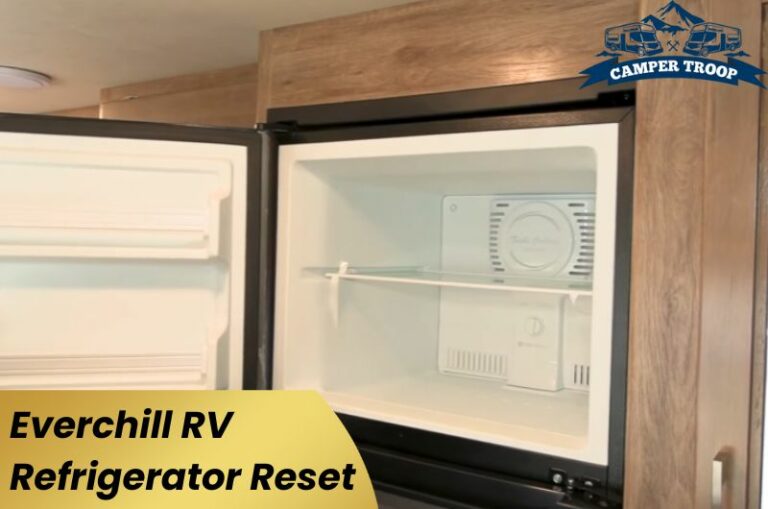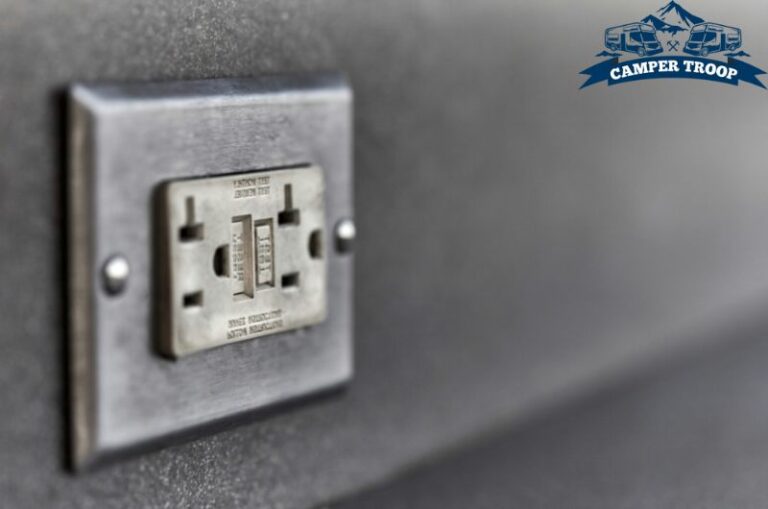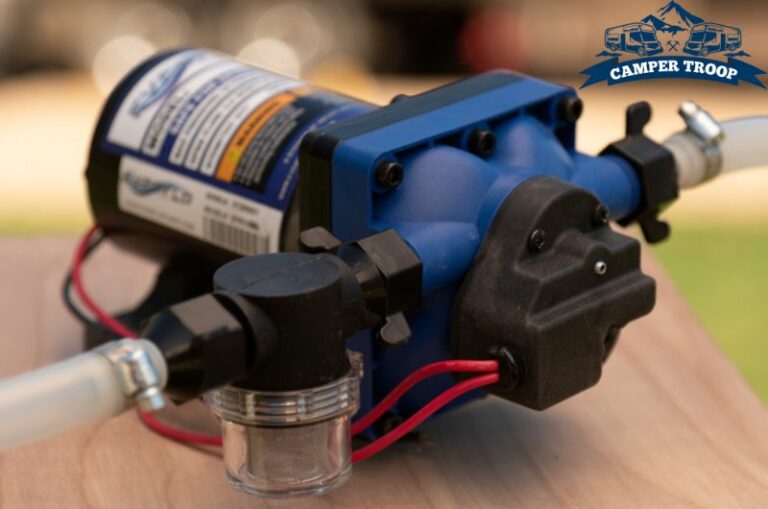Dometic RV Furnace Troubleshooting | Fix Common Problems
Driving in the winter can be hard work if your furnace isn’t working properly. It keeps you warm even when the outside temperature is below zero. This particular component must therefore remain in good working order. However, occasionally Dometic furnaces may stop working. Then, what would you do?
You can troubleshoot the furnace to get it back to working properly. Troubleshooting the Dometic furnace involves, but is not limited to, checking the propane tank, thermostat, battery, or sail switch. Other things to check are the ignitor, gas valve, and circuit board.
But which one should be checked first? You shouldn’t check the thermostat before the blower fan. Anyway, check out my troubleshooting experience with my Dometic RV furnace.
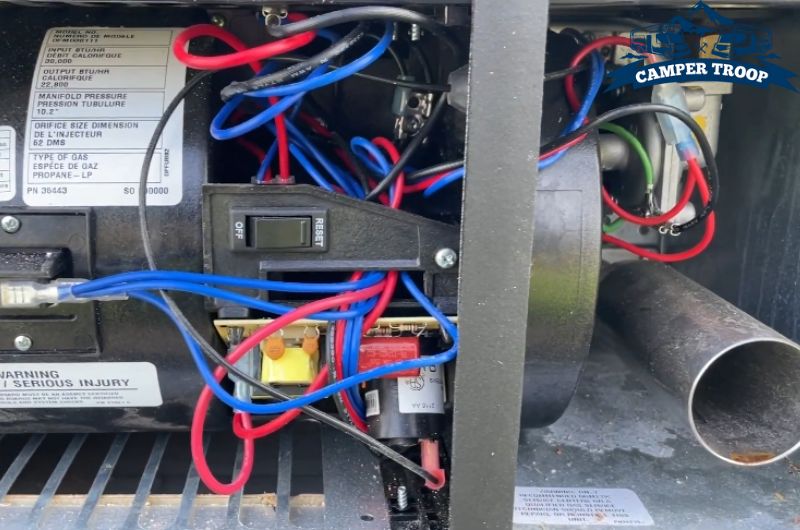
What Are the Essential Components of the Domatic RV Furnace?
If I start talking about how to troubleshoot Dometic forced air furnace installed in our RV, you will undoubtedly blame me later.
On the other hand, if I talk about the significant components that contribute to the furnace’s overall functionality, you will thank me later. Understanding its components enables beginners to carry out troubleshooting more effectively.
Let’s start by making you familiar with crucial furnace components. Our Dometic RV, which we have troubleshot and fixed, comes with a 12,000 BTU furnace containing a sealed chamber for combustion and exhaust.
It comprises small parts inside the furnace and other components that assist in running it. Crucial components that are housed inside the furnace include the following.
- Blower fan
- Relay
- Sail switch
- Reset switch
- Circuit board
- Ignitor
- Propane valve
The other important components that assist in running the furnace but are located outside the furnace include the following.
- Turmostate
- Battery,
- and a propane tank
Read Also: 3 Prominent Reasons Why RV Furnace Runs with Thermostat Off
Troubleshooting Dometic RV Furnace
If you have a Dometic furnace that is blowing only cold air or has stopped working completely, it’s time to troubleshoot it and find the reason behind the issue. No worries, I will describe my troubleshooting experience in a step-by-step guide to help you solve the issue.
Do you have a properly functioning RV thermostat?
You should start by asking this. If you respond ok, thank god, let’s find the issue with other components. If you reply “no,” you most likely have a thermostat problem.
Once the thermostat is defective, it fails to turn on the blower motor; that is the sole purpose of the thermostat. As long as the thermostat is defective, the motor will not respond. Therefore either you must fix it or replace it.
The thermostat is perfect, but the motor is still not responding
Once you turn on the thermostat, the blower should start running. You ought to hear the blower fan blowing if you put your ear close to the furnace. There are a few possibilities that you should check and address
- Check whether the battery has enough power. Recharge the battery and ensure that the furnace gets enough power. It has to be at least 12V.
- Check the respective fuse. Keep a few extra fuses on hand in case the fuse blows.
- If there is no power or fuse issue, then most probably, the motor is defective.
Read Also: Why Suburban RV Furnace Won’t Light At Extreme Temperature?
Well blower Motor is Running, but the Furnace is not lighting up
For the time being, I’m assuming you have a blower that works properly but fails to light up. If you have this condition, the component that should be blamed is your sail switch.
When the blower produces an air current, the sail switch should turn on and allow the furnace to light up. However, it can sometimes become dirty and stop working, preventing the furnace from lighting.
So, since we had a defective sail switch in our case, we had to replace it and get the furnace back in working order.
If the sail switch is working, what should be at fault?
Well, in that case, you should check your circuit board, but since that is not a common occurrence, you should ask a qualified mechanic for assistance. He will test and assess the condition. The board typically gets dirty or wet from water.
Tips: Dometic RV furnace also has a reset switch located right back of the sail switch. This switch can occasionally be reset, and the furnace should return to its normal condition. Resetting requires turning it off, waiting 30 seconds, and then turning it back on.
Read Also: Why RV Furnace Shuts off After 30 Seconds & How to Fix it?
You might hear the click of the ignitor, but it fails to ignite
So far, after everything is checked, especially when the sail switch is working properly, the ignitor should ignite the propane. Unfortunately, you hear the click sound, but the ignitor fails to ignite. There are a few things to blame.
- You should examine the ignitor in case it has a crack
- a potential faulty gas valve
- and bugs in the system that limit the propane’s ability to reach the ignitor
Finally, Did you successfully flame it up
Hopefully, by now, your furnace should be able to ignite. If it is still not working, you should do the following:
Check your propane tank. Is it giving the furnace enough propane, or is the gas pressure correct?
You can quickly test the gas pressure, By turning on all the burners and examining the strength of the flame. Weak flames indicate a low propane level. Therefore, ensure to fill the propane tank properly and a sufficient propane supply to the furnace.
Read Also: What To Do When Rv Furnace Clicking But Not Lighting?
FAQs
Hopefully, the troubleshooting guide has already answered many of your questions; here are some frequently asked questions you might be interested in knowing the answers to.
What to know before buying an RV furnace?
If you have to replace an RV Furnace, one of many important considerations is the furnace’s size and the climate control’s accuracy. Dometic offers both and many other qualities as well. Click here.
Do Dometic RV furnaces work when the engine is off?
Yes, it does work when the engine is off. While the engine is off, the domestic furnace is powered by the battery. Its best-in-class engineering improves fuel efficiency while lowering noise and air turbulence.
What range of heating capacities does Dometic provide?
You should choose Dometic’s heating capacity based on your needs and the size of your RV. Its heating capacity ranges from 12,000 to 40,000 BTUs.
When the RV is running, does the Dometic RV furnace provide heating?
Whether the RV is moving, the furnace can always produce hot air. All you have to do is order the thermostat. Enjoy the warm air once the fan speed and heat setting are set.
Conclusion
There you have it. Now that you have a better understanding of the problem, you should be able to address it appropriately with your Dominic RV furnace. Here are some wise words I’ve learned from troubleshooting.
When troubleshooting the furnace, follow a specific order, especially if you are a novice. Only a specialist with in-depth technical knowledge of furnaces can pinpoint the precise problem without adhering to chronological order.
Additionally, make sure the propane tank is full and the 12V power source is fully charged before opening the top to inspect the furnace. Also, always remember to try the reset switch because, after being reset, the furnace might be able to light up.
Read Also: Where Is Suburban Rv Furnace Reset Button And How To Reset?

Zayan is an accomplished author and a go-to expert for all things RV and camper-related. With a passion for adventure and a knack for problem-solving, he has spent years exploring the open road and fine-tuning his knowledge of recreational vehicles.
Zayan’s writing is a testament to his expertise, offering readers practical solutions to common RV dilemmas. Whether it’s troubleshooting mechanical issues, optimizing space, or planning the perfect road trip, Zayan’s insightful advice and engaging storytelling make him an invaluable resource for both seasoned travelers and newcomers to the world of RVing.


